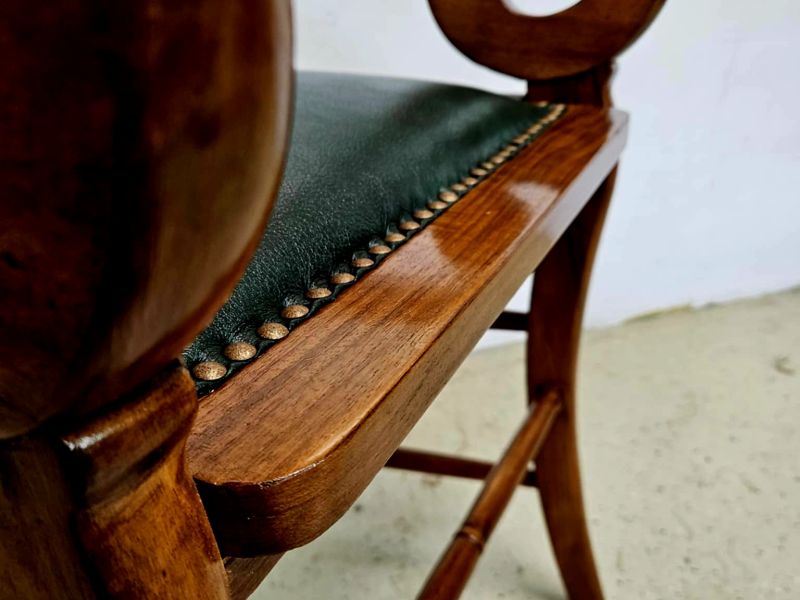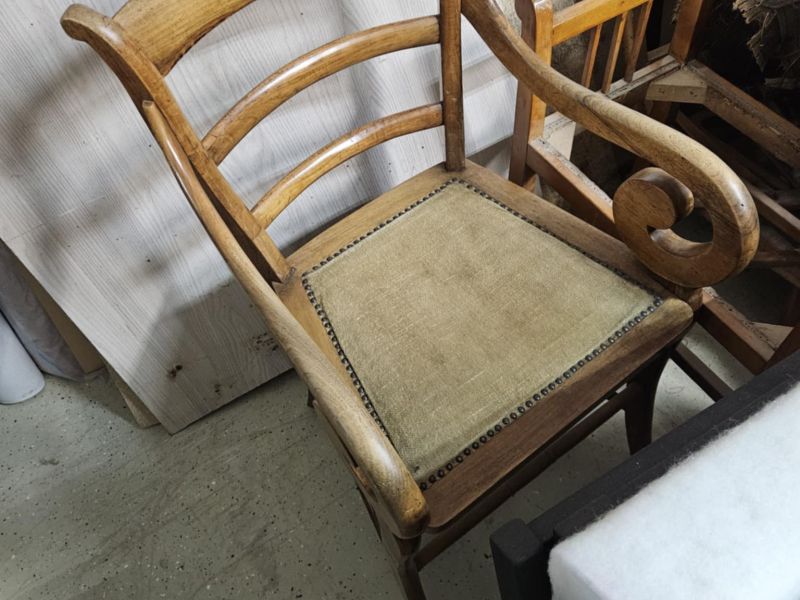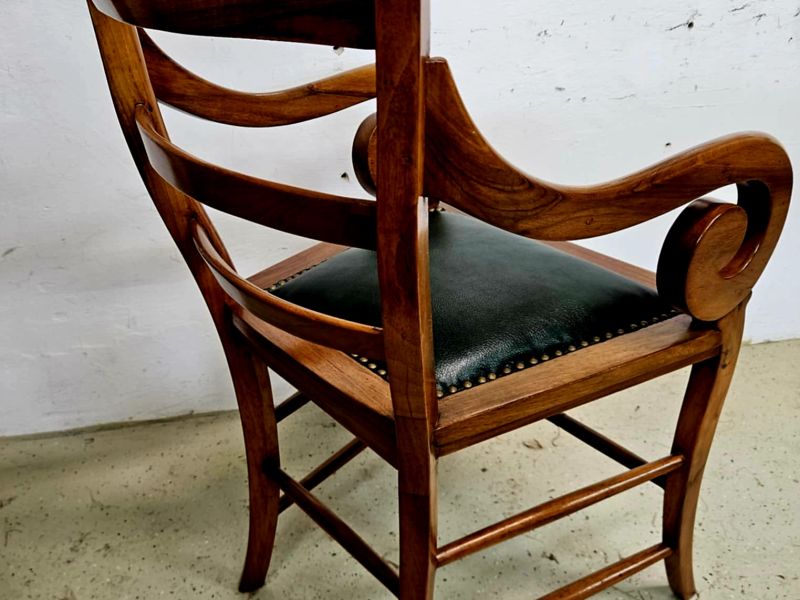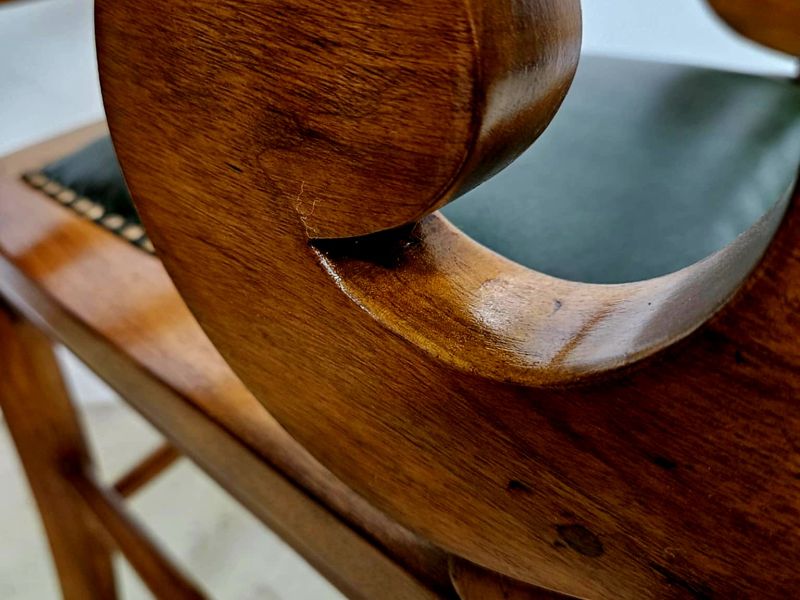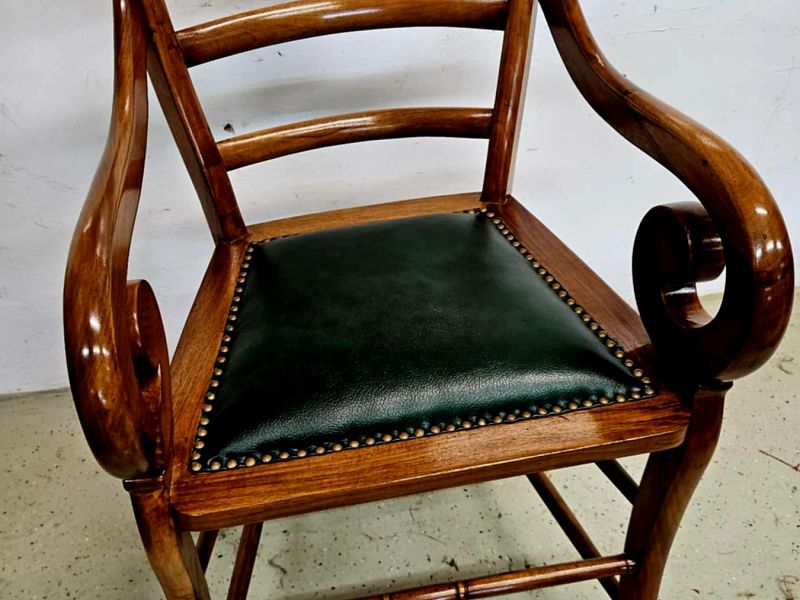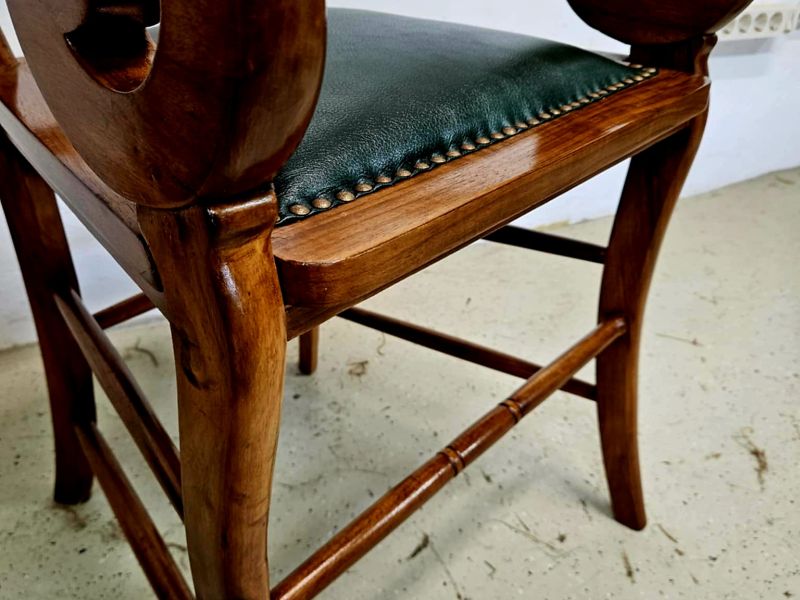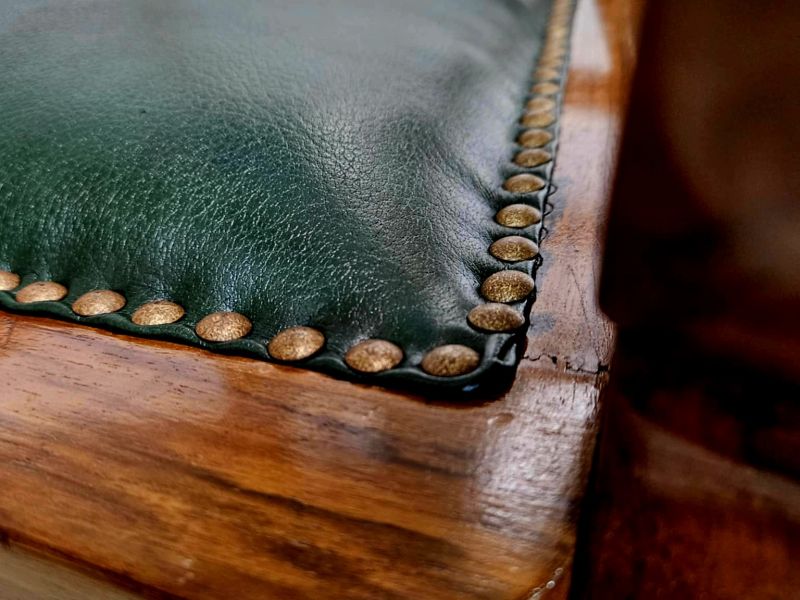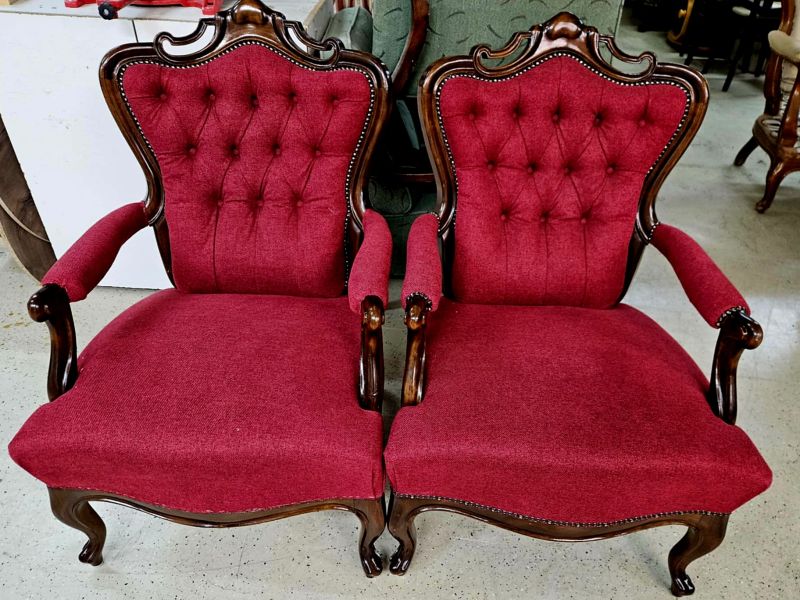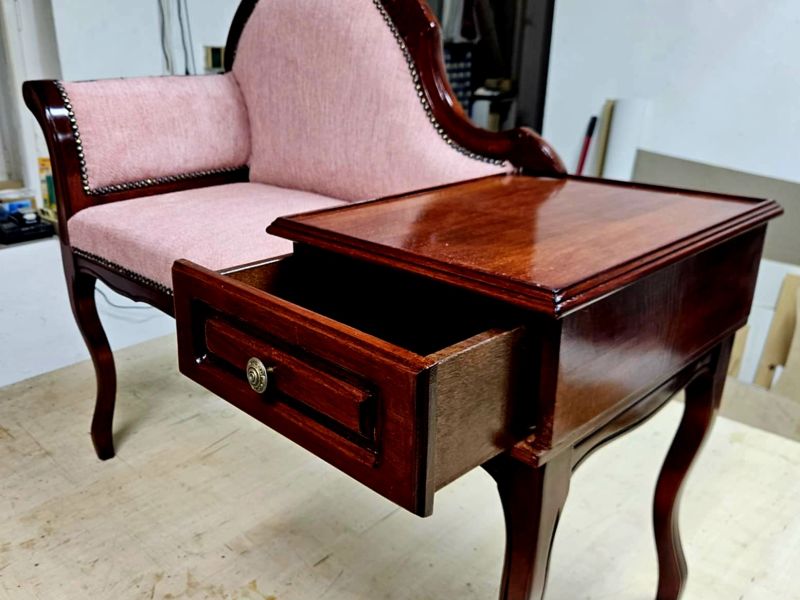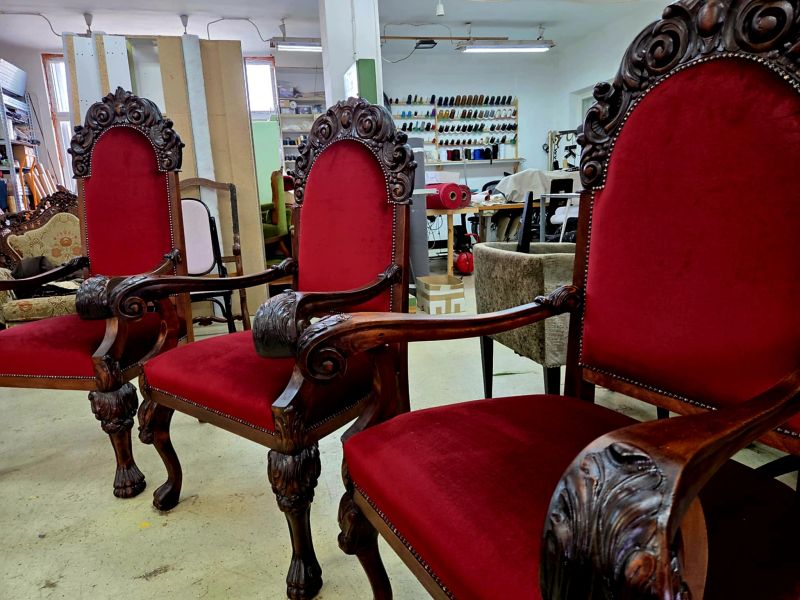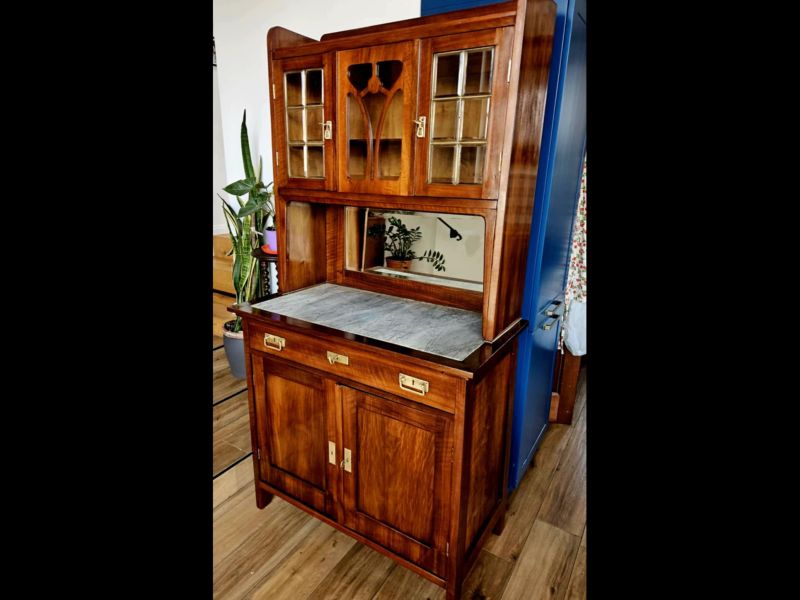At first glance, the Biedermeier and Hungarian Biedermeier styles may seem similar, but in fact they emerged from different cultural and social backgrounds. The Biedermeier style emerged mainly in Germany and Austria in the period 1815-1848 and focused on depicting bourgeois life, family harmony and comfortable, practical homes. The style celebrated simple, elegant forms, delicate decoration and the beauty of everyday life.
The Hungarian Biedermeier style took shape during the same period, but in the specific context of Hungarian society. The Hungarian version reflects specific characteristics, such as the motifs of Hungarian folk art, the beauty of the Hungarian landscape and the political spirit of reform Hungary. Hungarian Biedermeier furniture and paintings were often more ornate, while the style retained a practical elegance and a focus on family life.
Although the two styles share a common depiction of bourgeois life and family idyll, the Hungarian Biedermeier bears stronger national characteristics and better reflects the cultural and artistic heritage of Hungarian society. The style thus represents not only a comfortable, harmonious life, but also an identity that builds on the beauty of Hungarian folk traditions and landscapes.
This beautiful armchair came to my workshop on its own. The wooden parts were sanded and polished with a fabric ball, then upholstered using traditional techniques. This antiqued cowhide was the perfect choice.



